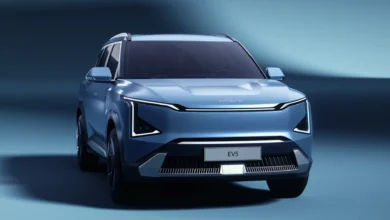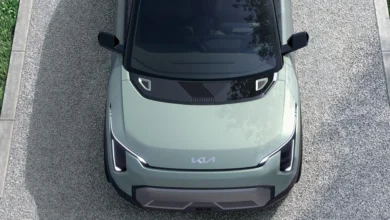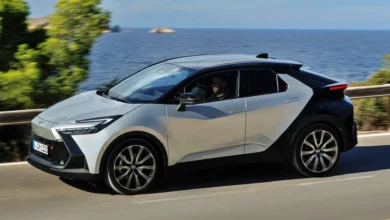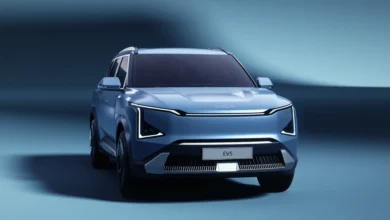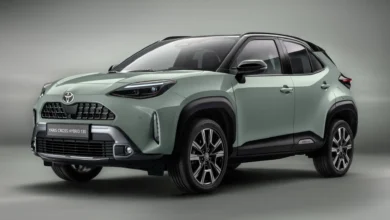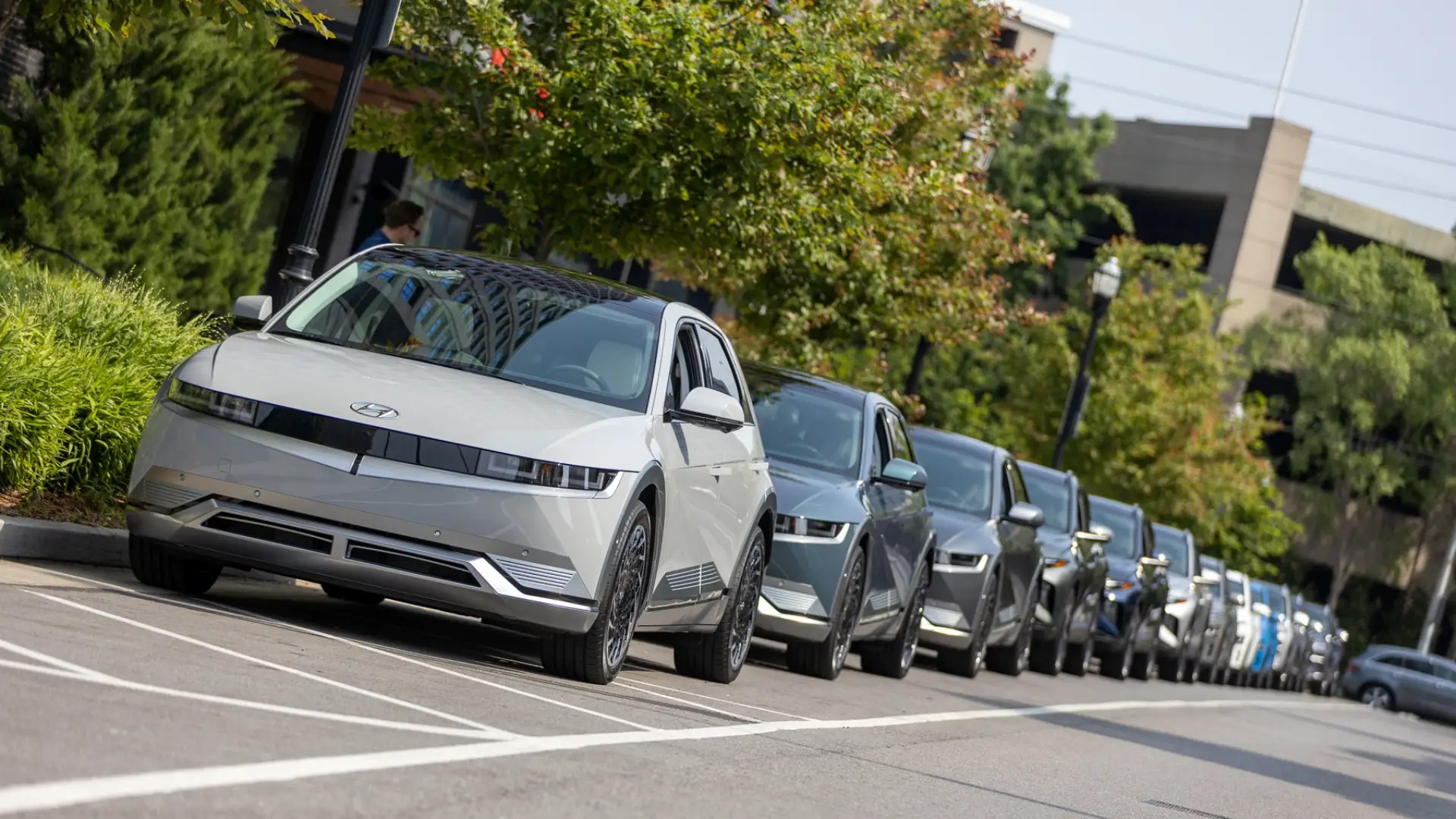
Next January, France will introduce a new aid system for the purchase of electric cars whose main novelty will be adding the emissions generated during their production and transportation as a condition for access. A measure designed to reduce the impact of globalization, but also to stop Chinese electric cars. It has now been confirmed that this measure will also affect cars manufactured in South Korea.
As we remember, the new public aid model will mean that each model will receive an environmental score. Those who exceed 60 points will be eligible for state subsidies; the rest will be excluded.
The manufacturing conditions of the battery, the type of car body, and even its method of transport to France will also be taken into account. With this movement, the French authorities seek to benefit cars produced in Europe.
While this measure is primarily aimed at Chinese electric cars, there is growing concern within the industry that South Korean models may also be excluded from subsidies, which would generate significant competitive disadvantages.
The French government announced the final version of its version of the aid program a few weeks ago, after which a period of collecting opinions and allegations has begun. The core of the law revolves around the evaluation of emissions, or carbon footprint, throughout the entire production process, to incorporate it into the subsidy criteria.
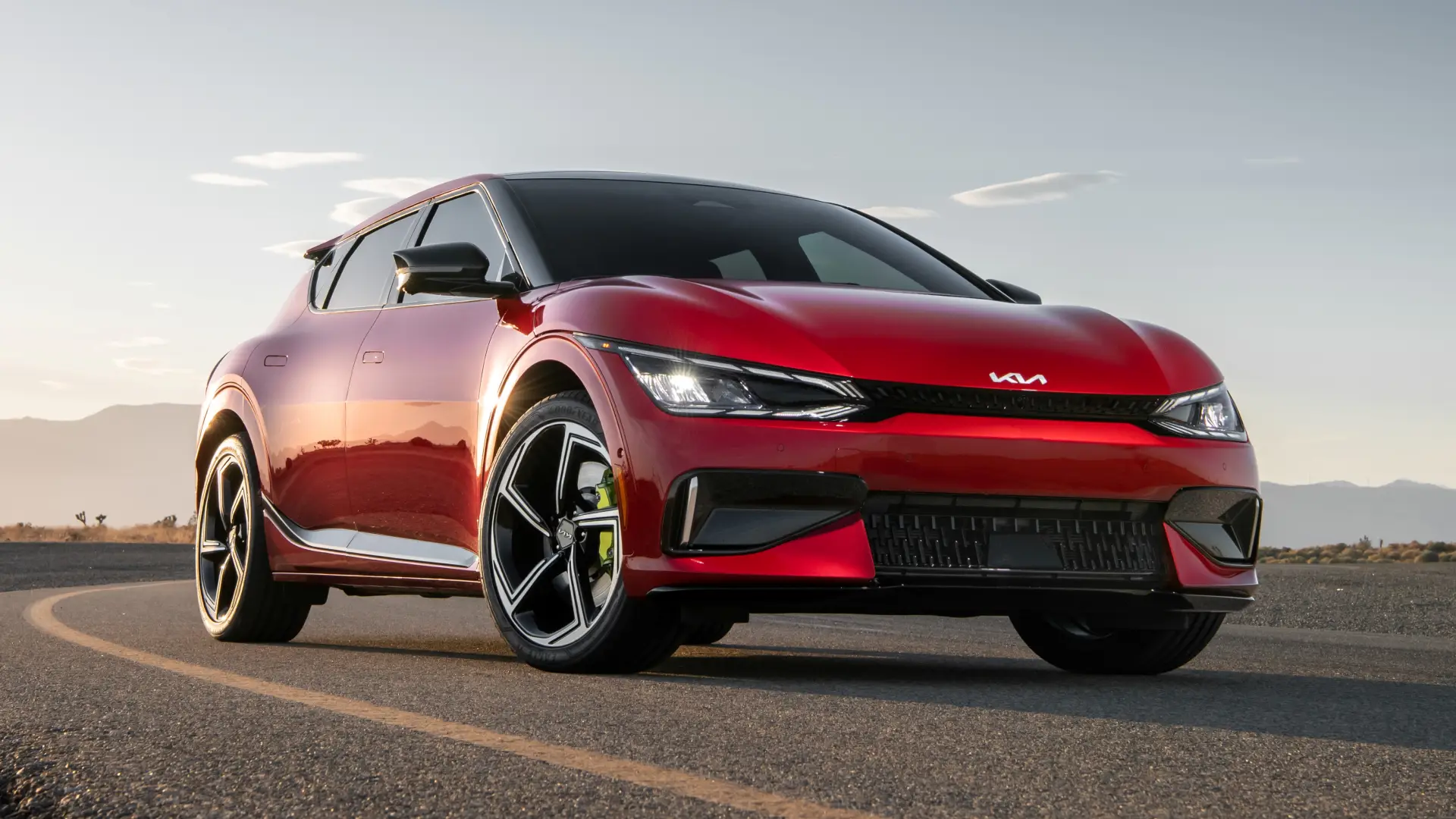
Although its main objective is to stop the proliferation of models from the Asian giant, there is a high probability that companies from other external markets will be affected by this measure, both South Korean ones and other alternatives such as Vietnamese or Indian ones.
One of South Korea’s problems has been its lukewarm commitment to renewable energy. In 2022, the composition of the electricity mix has been predominantly based on fossil fuels, representing almost 63% of the total.
Coal, at approximately 34%, and gas, at 28%, make up the majority of this category. The remaining 37% of electricity is low carbon, with nuclear energy accounting for 28% of total electricity, while the rest is made up of solar energy (5%), biofuels (3%), and to a lesser extent wind and hydroelectric energy, which together represent just over 1% of the electricity mix.
A measure that could accelerate plans to expand the production of South Korean brands in their European plants, which would result in fewer emissions in processes such as transportation, but also a greater workload in our factories.
